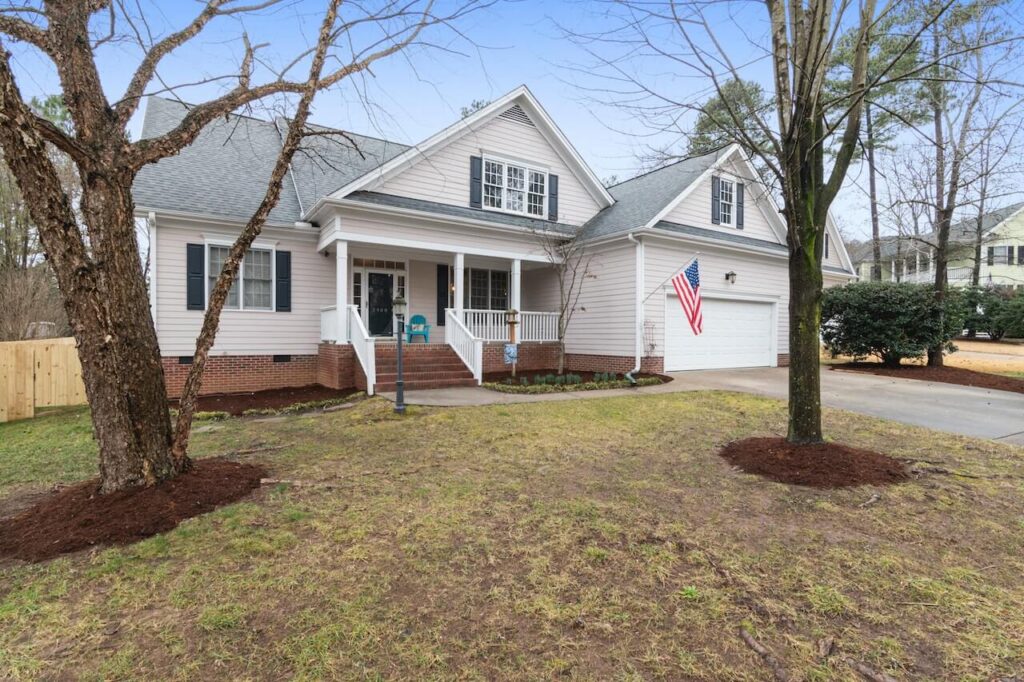A special kind of insurance coverage called flood insurance is intended to shield property owners from the monetary damages brought on by floods. Flood insurance plans are offered through the National Flood Insurance Programme (NFIP) in the United States or by commercial insurance firms, even though conventional homeowners or property insurance policies often do not cover flooding.
The benefits and safeguards offered by this plan are numerous for policyholders. We will examine the main features of flood insurance and the typical coverage it provides in this post.
1. Property Protection
Protecting the insured property from flood damage is the main goal of flood insurance. This includes protection for the foundation, electrical, and plumbing systems, as well as the building’s frame. It includes things like appliances, water heaters, and HVAC systems. Cabinets, panelling, and bookcases that are permanently affixed are also covered.
2. Personal Property

Personal property located inside the insured premises is frequently covered by flood insurance plans. Furniture, outfits, gadgets, and other personal items fall within this category. It’s crucial to remember that high-value objects like artwork, jewellery, and precious metals may have coverage limitations, necessitating supplementary coverage or endorsements for proper protection.
3. Important Systems
Some crucial systems in the building could be covered by flood insurance. Sump pumps, well water tanks, fuel tanks, and other equipment required to support the functioning of the property are normally covered under this. This coverage makes sure that, if these crucial systems are destroyed by a flood, policyholders will be financially secure to repair or replace them.
4. Repair and Cleaning
Policies for flood insurance frequently include coverage for the expenses related to flood cleanup and repair. This might consist of costs for cleaning up waste, sanitising the damaged area, and remediating mould. The objective is to assist policyholders as rapidly as possible in getting their homes back in habitable shape.
5. Increased Living Expenses
Flood insurance may help with increased living costs in cases when the property is rendered inhabitable as a result of flood damage. While their property is being restored or rebuilt, this insurance assists policyholders with expenditures like a temporary place to stay, food, and other required expenses.
6. Basement Protection in flood insurance
Basements and sections below a building’s lowest raised floor may be covered by flood insurance. This covers coverage for basement-based structural components, electrical systems, appliances, and certain personal property. However, it’s vital to study the policy terms since coverage for finished basements, including plasterboard, flooring and furniture, may have restrictions.
7. Non-Residential Property Coverage
Residential buildings are not the only ones covered by flood insurance. It also applies to non-residential structures including office buildings, retail establishments, and rental homes. The building structure, contents, and business disruption losses are all covered for non-residential buildings.
8. Limits on coverage and deductibles
Deductibles and coverage restrictions are standard features of flood insurance contracts. The amount the policyholder must fork out themselves before their insurance coverage kicks in is deductible. The highest sum that the insurance will cover for an insured loss is referred to as the “coverage limits.” It’s important to thoroughly analyse and comprehend the terms and conditions because these elements differ according to the policy and coverage options chosen.
Must Read: How to earn money online
What does flood insurance not cover?
It’s crucial to remember that flood insurance does not provide comprehensive coverage. Certain things, such as outside furnishings like fences, pools, and landscaping, are typically excluded from coverage. Furthermore, damage brought on by moisture, mildew, or mould but not immediately brought on by a flood could not be protected.
Conclusion
In conclusion, flood insurance offers a crucial defence against the monetary losses brought on by floods. It includes the physical structure of the property, individual possessions, necessary systems, cleanliness and restoration, additional living costs, and basements.
Non-residential properties are also covered by flood insurance, which is not just for residential buildings. When choosing a policy, deductibles and coverage limitations are important considerations. Review the policy’s specifics, speak with an insurance expert, and evaluate the local flood hazards to be sure you have enough coverage.

